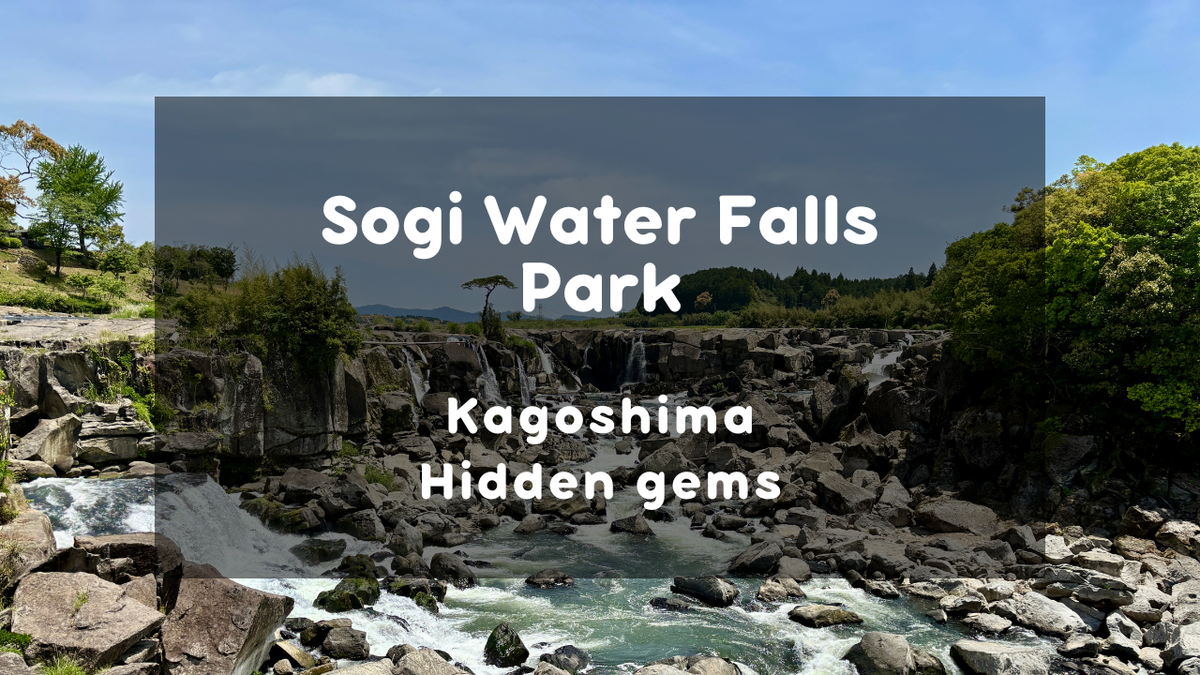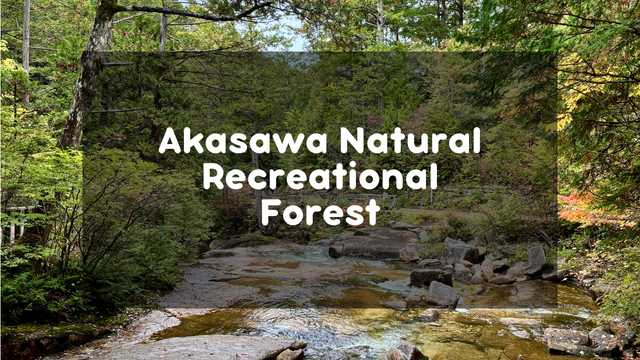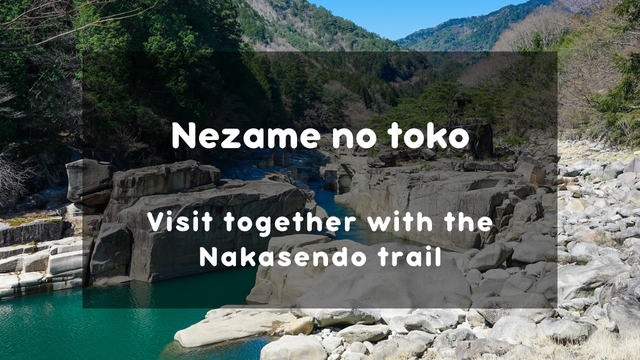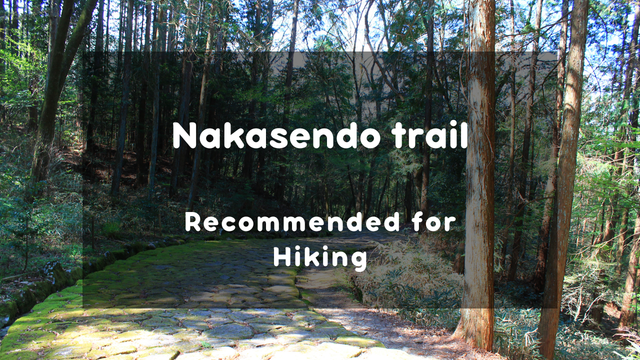Famous tourist spots have their appeal, but you might also enjoy exploring a less-known side of Japan. Sogi Falls Park in Kagoshima, Kyushu-area, is one such lesser-known destination. Unlike typically busy and crowded places, here you can enjoy a peaceful walk surrounded by notable natural scenery. You can discover impressive waterfalls and old brick ruins from Japan's industrial past, now sitting quietly within a dam. It offers a calm and interesting alternative to more crowded tourist destinations.
Why visit Sogi Falls Park? Here are three key reasons:
See the "Niagara of the East": Observe the large Sogi Falls, which is 210 metres wide. Its appearance changes with the seasons, offering a consistently beautiful view.
Find Mysterious Underwater Ruins: Downstream, you can find the ruins of an old power station, dating back over 100 years. They become visible from beneath the water during the dry season (usually May to September). It's an unusual and interesting sight that tells a part of Japan's history and is quite photogenic.
Enjoy a Nature Walk: Beyond the falls and ruins, the park offers pleasant scenery throughout the year, with particularly colourful autumn leaves. Shimizu Shrine is also located here, a popular spot for those wishing for good relationships, which adds a touch of romance to the area.
(Information) Sogi Water Falls Park
Address: 📍 Google Maps (Click to open the Google Maps)
Opening Hours: Open all year round (though facilities like cafes may have specific hours).
Entrance Fee: Free
Car Parking: Yes (Free)
(Access) How to Get to Sogi Water Falls Park:
Reaching the park by public transport requires some planning, as direct routes are limited. Renting a car is often the most straightforward option.
From Kagoshima Airport (KOJ):
By Car: Approximately 60-70 minutes via the Kyushu Expressway (exit at Kurino IC) or other local roads. Rental cars are available at the airport.
By Bus: Direct public transport options are limited and would likely involve multiple changes. It's advisable to check local bus information thoroughly if you consider this option. (The previous mention of a direct bus in the Japanese text may not be current; travel by car or train is generally more reliable).
From Kagoshima City (e.g., Kagoshima-Chuo Station):
By Car: Approximately 1 to 1.5 hours, typically via the Kyushu Expressway (Kurino IC exit).
By Train & Taxi/Rental Car: Take the Shinkansen train to Izumi Station (approximately 25 minutes). From Izumi Station, it's about a 40-minute drive by taxi or rental car to the park. This can be quicker than driving the entire distance from Kagoshima City.
Sogi Falls Park offers a combination of natural power, interesting history, and quiet beauty. It is a worthwhile destination for a different kind of Japanese experience. We hope you enjoy your visit.
Key Attractions at Sogi Water Falls Park
Here are some of the main points of interest.
Sogi Falls: Large and Impressive
The main attraction is Sogi Falls. It's a wide and powerful waterfall, flowing over ancient rock formations. From the viewing deck, you can feel the water spray. It's a pleasant location that many tourists don't visit. It can be seen with cherry blossoms in spring or vibrant red leaves in autumn. Some locals refer to it as the "Niagara of the East". It's a relatively uncrowded spot, even for Japanese visitors.
Shimizu Shrine: A Touch of Romance
Tucked away in the park is this small, pleasant shrine. The bright red gate provides a nice contrast with the green trees, making it quite photogenic. People visit to wish for good relationships. You will see heart-shaped decorations and wooden plaques with wishes written on them. It is just a short walk from the falls, making it easy to include in your visit.
Nature Paths
The walking paths here have a tranquil atmosphere. Paths wind through forests, past moss-covered stone walls, and through small rock tunnels. These offer different views of the river and the surrounding scenery. The park is pleasant all year, but it is particularly scenic during the cherry blossom season in spring (late March to April) and when the leaves change colour in autumn (mid-November to early December).
Sogi Power Plant Ruins: An Unusual and Picturesque Sight
A short walk or drive downstream will bring you to the unique Sogi Power Plant ruins. Built in 1909, this old brick building was significant in Japan's industrial development. It became submerged after the Tsuruta Dam was constructed in 1965. However, during the dry season (usually May to September), it reappears. When I visited, the water level was low, and the entire structure was visible. At other times, if it's partly submerged, it can create quite an atmospheric scene. Seeing this structure, which resembles an old European castle emerging from the water, is an unusual and picturesque experience. It is officially recognised as an important piece of cultural heritage – a rare sight in Japan.











